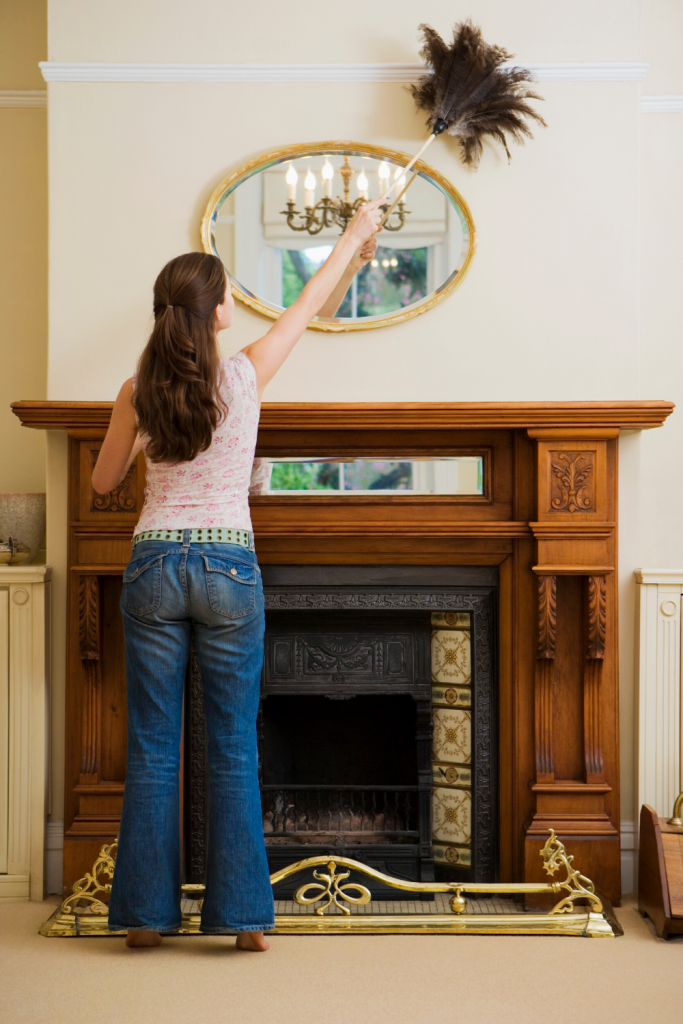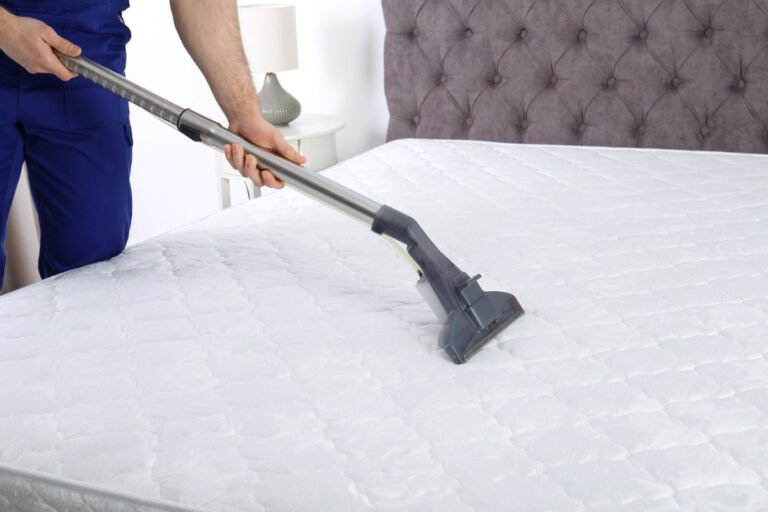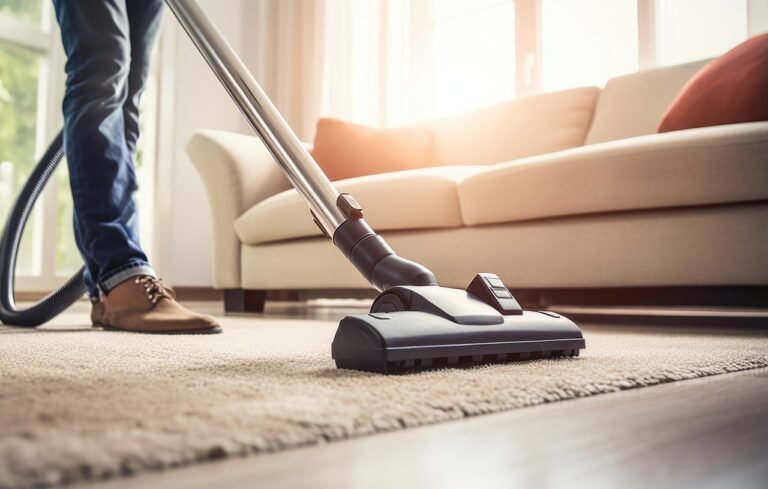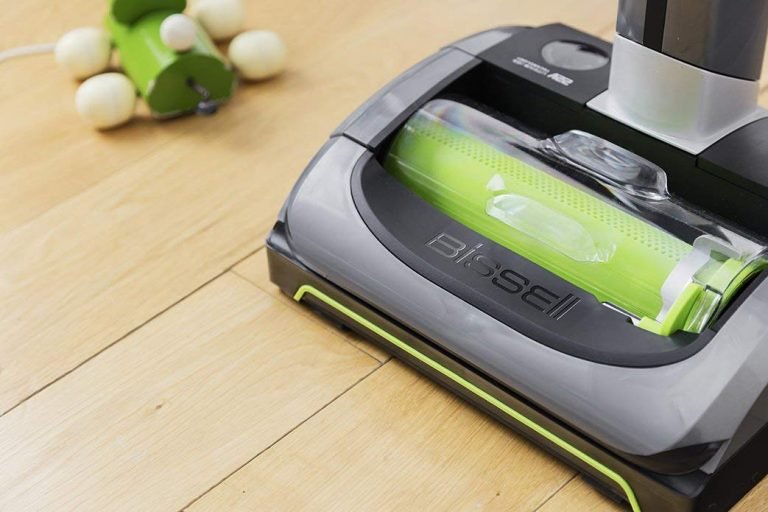How Often Should You Dust Your Home?

How often should you dust your home? According to the Bureau of Labor Statistics, the average American spends at least 110 minutes every day doing their household chores, with most of that time dedicated to cleaning.
However, while washing dishes and doing laundry may be part of your daily cleaning routine, there is one task which tends to be an afterthought when keeping your household squeaky clean— dusting. Read here: 10 Vacuum Cleaning Tips for Your Floors
So, when was the last time that you dusted your home?
Dust: What’s In It?
You have probably heard at least once that home dust is full of human skin. And yes. While there’s definitely some human skin in such dust, there are far more things that make up the majority of it.
Dust is the result of both outdoor and indoor particulate that settles on the surfaces of your home. When opening the windows and doors, pollen and dirt can drift in. Even the things you use in your kitchen like floor don’t make it into the bread that you are baking. Dust can also come from various insects and pets too.
Although the composition of house dust can significantly vary depending on how often you leave your doors and windows open, whether you have a furry family member or not and other factors, the bottom line is that dust is more than just an unsightly annoyance.
Dust is home to fungi and bacteria, among other things. And if you do not dust regularly, you are not just leaving things untidy, but you are also decreasing the air quality of your home and increasing your risk of infections and respiratory issues.
Dust and Allergies

Although you can experience an initial spike in your allergies when dusting, letting it sit and never cleaning off the dust can actually worsen your allergies and problematic to your health.
The dust has a variety of side effects on your health.
Dust can cause the most common allergic reactions that you get to pollen— itchy eyes and sneezing. And although dust is not directly the cause of asthma, it can worsen your symptoms. Also, dust can make symptoms of emphysema and other breathing and lung diseases worse. Not only that, prolonged exposure to dust over the years can actually lead to serious lung issues and even bronchitis.
Other Than Health Problems
Now, you might be one of the lucky people who don’t have such a sensitive nose and lungs. And if no one in your home suffers from allergies, then you don’t have to worry about the problematic effects of dust as often.
But that does not mean that you can ditch dusting. You will still need to dust your furniture and electronics weekly in order to prevent dust buildup that can damage, scratch, and clog surfaces in your household. Also, spots like
Now, How Often Should You Dust Your Home?
Unless you have a house full of pets, then you do not have to dust weekly. For the general home, a twice-a-month dusting in the areas that are easiest to get to is enough in order to reduce allergens and keep your home dust-free and looking clean. Now, every 3 months or so, you can do a deep dusting.
This only means that you need to move furniture around and getting into all those hard-to-reach areas where dust can hide. However, if you’re extra sensitive to dust, do regular dusting weekly and a deeper dusting at least once a month in the most common areas including the living room furniture and under your bed.
Read More:
- Master The Art Of How To Vacuum Mattresses And Pillows
- Master How To Vacuum Stairs Efficiently: Quick, Handy Guide!
- Can Robot Vacuums Be Hacked? Discover The Facts!
- Why Is My Robot Vacuum Beeping? Find Out Here!
- Easy Guide On How To Clean And Replace Vacuum Filters
Dusting 101: What To Use and How To Properly Dust To Lessen Allergens

When it is time for you to dust your home, you need to make a plan.
Is it really necessary?
Well, you want to get rid of the dust and not move it around. So, yes, strategically planning is needed.
First off, open the doors and windows. Have the fan running that is facing out one of those open areas. This should help blow the dust outside so that you breathe easier as you clean.
In case the weather—whether it’s the peak of pollen season or freezing outside— prevent you from airing out your home while dusting, you can always turn the blower on your furnace on and allow the furnace filter trap some of the dust in your home.
Now, as the dust settles, it starts to take moisture from the air around it. If it is not removed, then it starts to stick to the surface that it initially settled in. When this happens, using a damp cloth or rag is the best approach.
You can also use products such as Pledge in order to help remove the allergens and dust. This is suitable if you are cleaning using paper towels or rags.
If you want to use a duster, make sure to buy one that attracts the dust using an electrostatic charge, reducing the need for extra sprays. You can always find great microfiber choices in the market if you would like the traditional feathers dusters or synthetic solutions.
If you get a feather duster, make sure to buy one that uses genuine ostrich feathers. The cheaper ones with chicken feathers are quite ineffective a capturing dust and just scatter it around. Now, when using a duster, feather or microfiber, you will need to take it outside and shake it off when you are done dusting.
Now, the right way to dust is to do it from the top to bottom. This way you are not missing spots or even getting dust back into the areas that you already dusted.
Dust the tops of shelving and all the way to the floors. Don’t forget the ceiling fans since it is circulating the air around your home. Once you’re done dusting, you will need to vacuum and sweep. When choosing a vacuum consider getting one with a HEPA filter in order to trap dust particles in the air.
Conclusion
A layer of dust not only makes your home look dirtier, but it also leads to breathing problems and allergy for most people. Not to mention damaging household surfaces, particularly electronics. So, whatever your household routine is, never skip dusting altogether.






